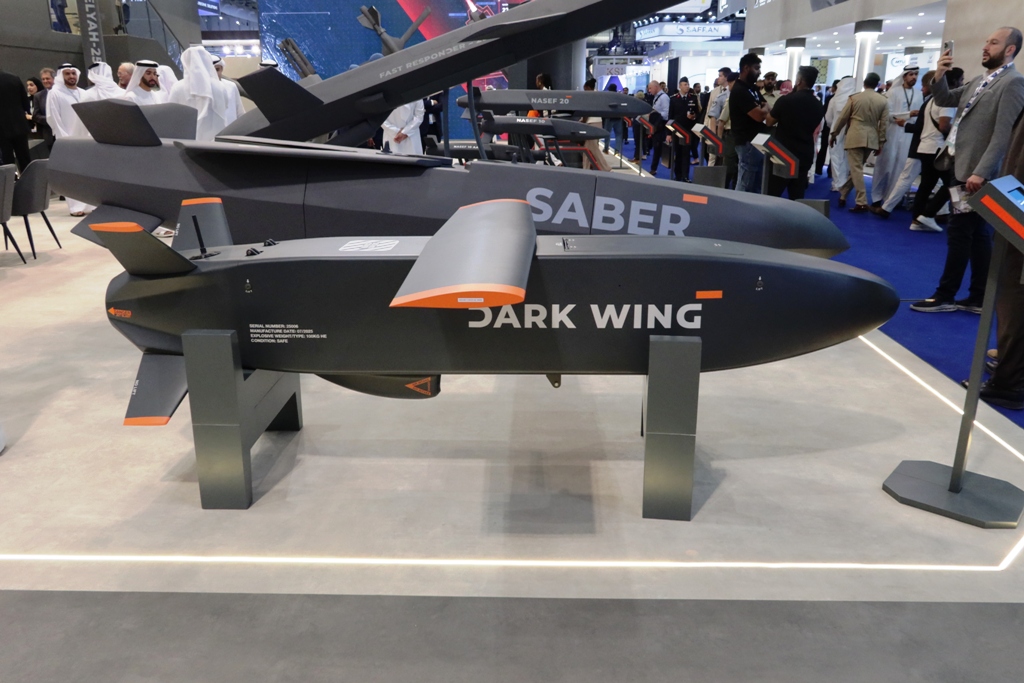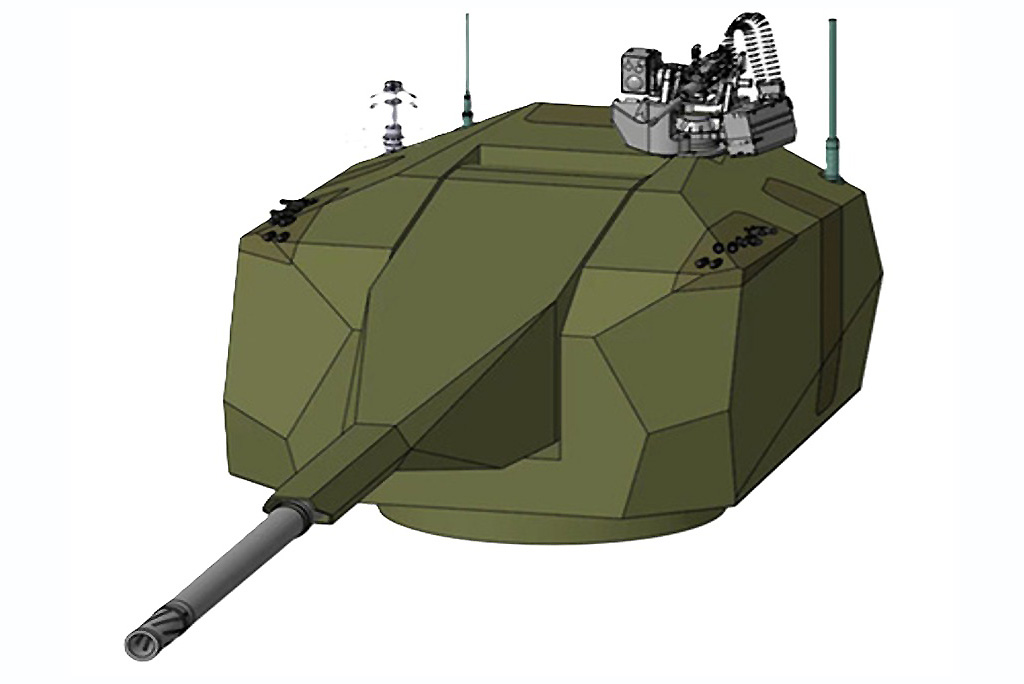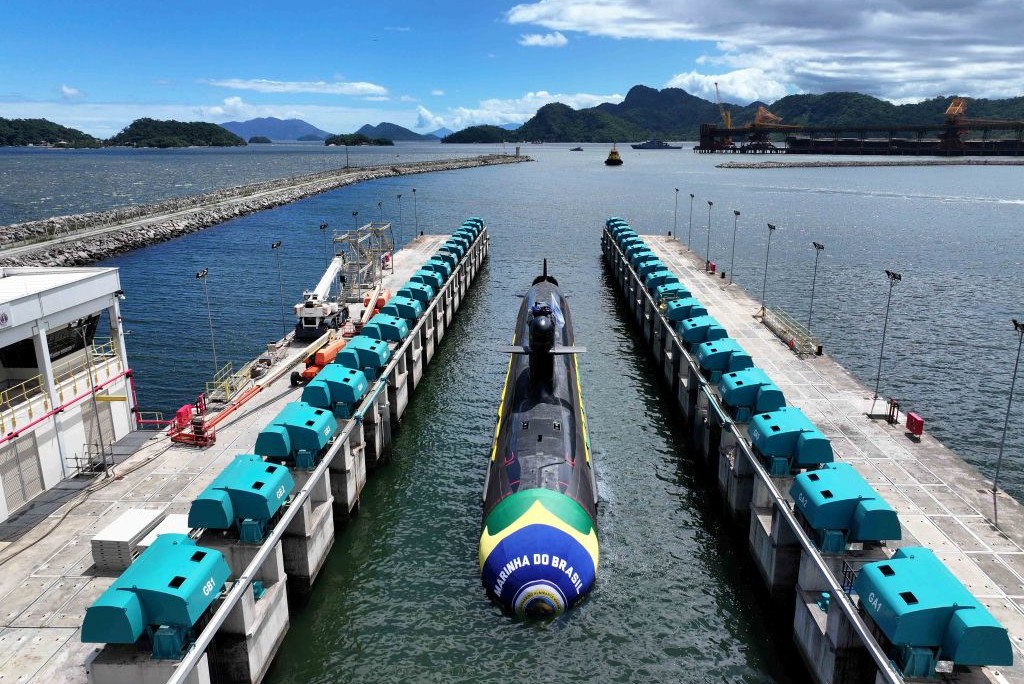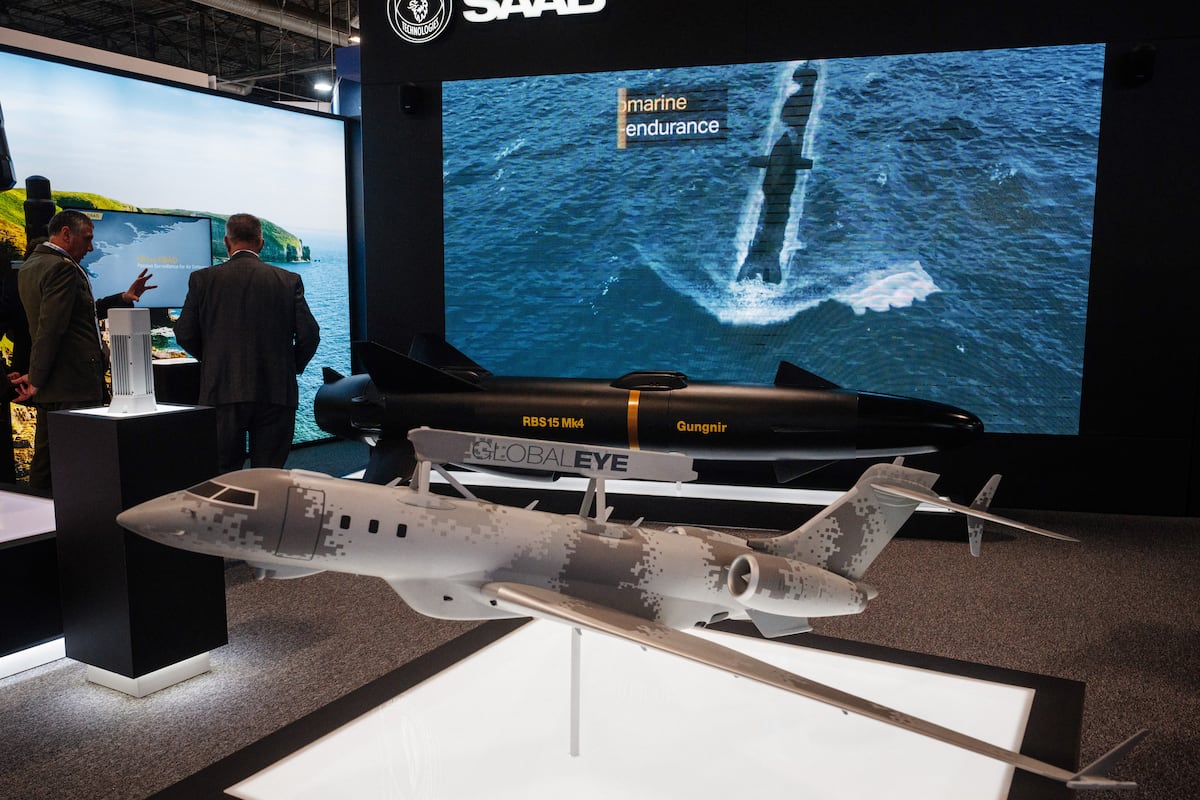Evolving Capabilities of Dual-Rotor Unmanned Aerial Vehicles: The T1400
The defense landscape is continuously advancing, with unmanned aerial vehicles (UAVs) playing an increasingly pivotal role across military and civilian domains. The T1400 tandem rotor helicopter, unveiled by United Aircraft of China at the Dubai Airshow 2025, exemplifies these advancements through its innovative engineering and versatile applications.
Design and Performance Attributes
At the heart of the T1400’s capabilities lies its dual-rotor configuration, akin to that of a compact Chinook helicopter, which bolsters its stability and lift capacity, particularly when carrying substantial payloads. Key specifications include:
- Maximum Take-Off Mass: 1,400 kg, marking it as a leading heavy-lifter among UAV counterparts.
- Endurance: Capable of remaining airborne for up to eight hours, allowing it to conduct complex missions and logistical operations efficiently.
- Cruising Speed: Achieves a top speed of 180 km/h, signifying its ability to serve as a rapid-response asset in diverse scenarios.
- Service Ceiling: Operates effectively at altitudes of around 6,500 meters, enabling functionality in rugged environments.
The T1400’s robust design supports operations in extreme conditions, offering military forces critical logistical capabilities in remote regions.
Payload and Transportation Capacities
One of the defining features of the T1400 is its capacity to transport substantial loads. It is designed to deliver payloads of up to 650 kg, facilitating logistics in challenging contexts. For instance, it can move cargo equivalent to that of more than ten average adults in a single flight iteration, making it a vital asset in scenarios where conventional transport may be hindered.
Flexible Delivery Options
The T1400’s design accommodates various loading configurations:
- Internal Cargo Bays: Secure transportation of sensitive or bulky items.
- External Suspension Fixtures: Versatile attachment options for diverse operational requirements.
These features enhance the UAV’s adaptability, enabling it to transition swiftly between different mission profiles, ranging from troop support to humanitarian aid delivery.
Technological Innovations in Safety and Navigation
Equipped with state-of-the-art multi-redundant flight control systems, the T1400 showcases advanced navigational capabilities. These systems not only enhance the UAV’s maneuverability but also mitigate risks associated with flight errors, ensuring precise operation in confined spaces.
Engineered for Reliability
- Redundant Power Systems: The T1400 employs two high-efficiency engines, providing backup capabilities crucial for maintaining operational integrity should one engine fail.
- Durable Composite Airframe: This construction maximizes resilience against environmental stresses, thereby ensuring long-lasting performance.
In essence, the operational safety and reliability of the T1400 position it as a frontrunner in the market for heavy-lift UAVs.
Multifaceted Applications
The operational versatility of the T1400 extends beyond military logistics; it holds considerable potential in various civilian sectors:
- Agriculture: Areas such as precision farming can benefit from its payload capabilities for seed distribution or crop monitoring.
- Disaster Response: The UAV can deliver emergency supplies or conduct evacuations during crises when manned air operations may pose excessive risks.
- Wildfire Management: High-capacity water or retardant payloads make it a valuable tool for combating wildfires across expansive landscapes.
The T1400’s ability to operate in diverse contexts underscores its importance as a multipurpose asset within both military and civilian frameworks.
Implications for Future UAV Development
The introduction of the T1400 at a major international venue like the Dubai Airshow underscores a significant leap in the capabilities of autonomous rotary-wing aircraft. As over 200 aircraft were showcased, the T1400 stood out, illustrating the evolving potential of UAVs in addressing complex logistical challenges.
In summary, the T1400 sets a new paradigm for unmanned aerial vehicles, merging cutting-edge technology with practical capabilities. Its advanced tandem rotor design, substantial payloads, and sophisticated safety systems highlight an emerging era of UAV innovation. As global defense needs evolve, the T1400 exemplifies how modern UAVs are equipped not just to keep pace but to redefine operational efficiency in various demanding environments.
This trend may signal an increasing synergy between military and civilian sectors, highlighting the urgent need for collaborative international initiatives around UAV technology. The T1400 is more than just an aircraft; it is a harbinger of future possibilities in both defense and humanitarian operations.





